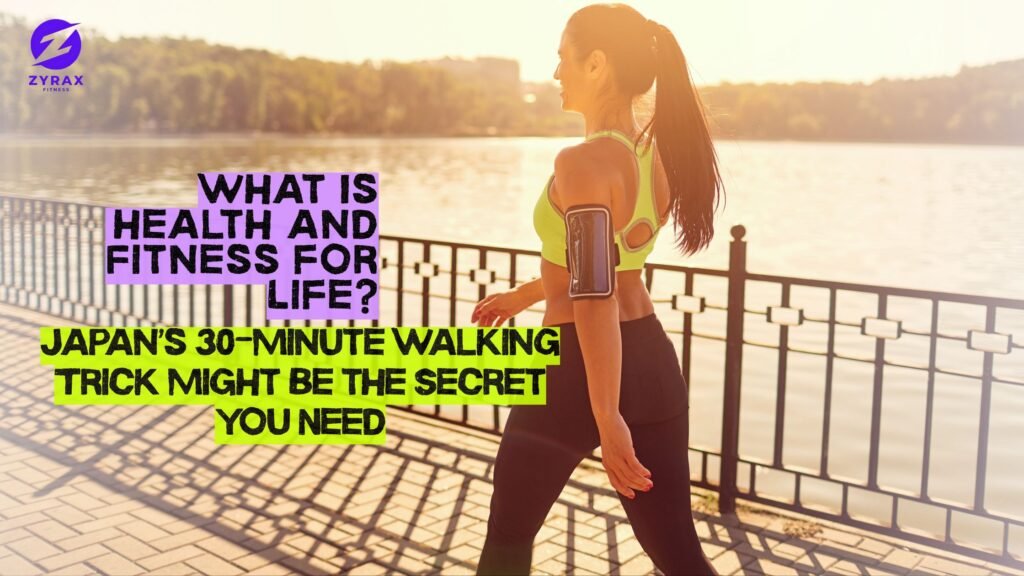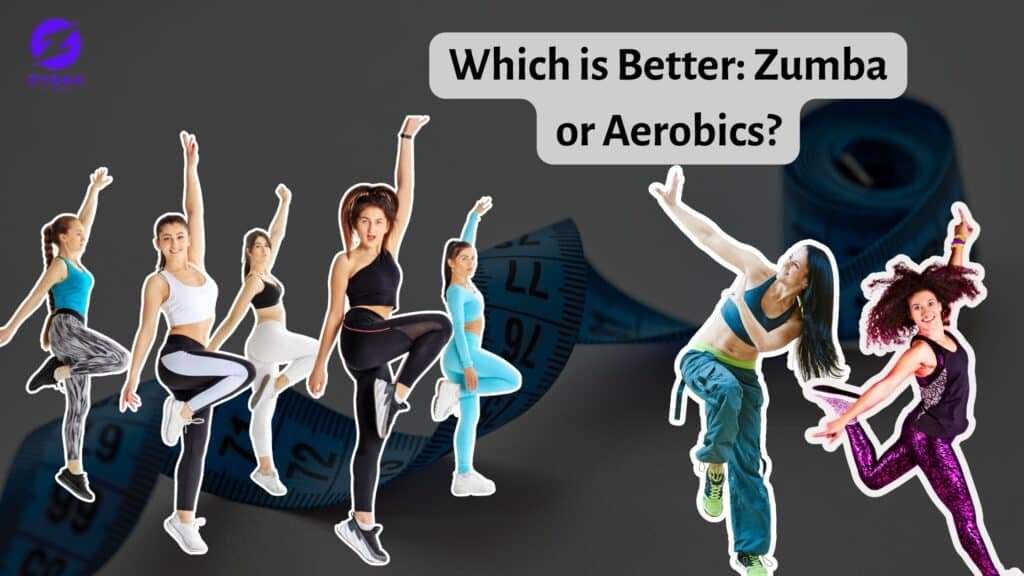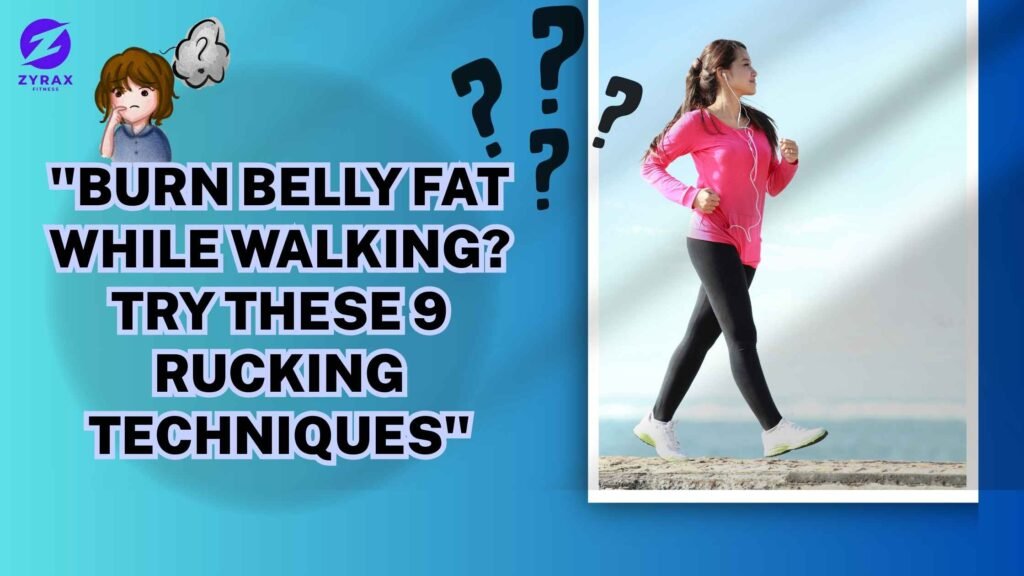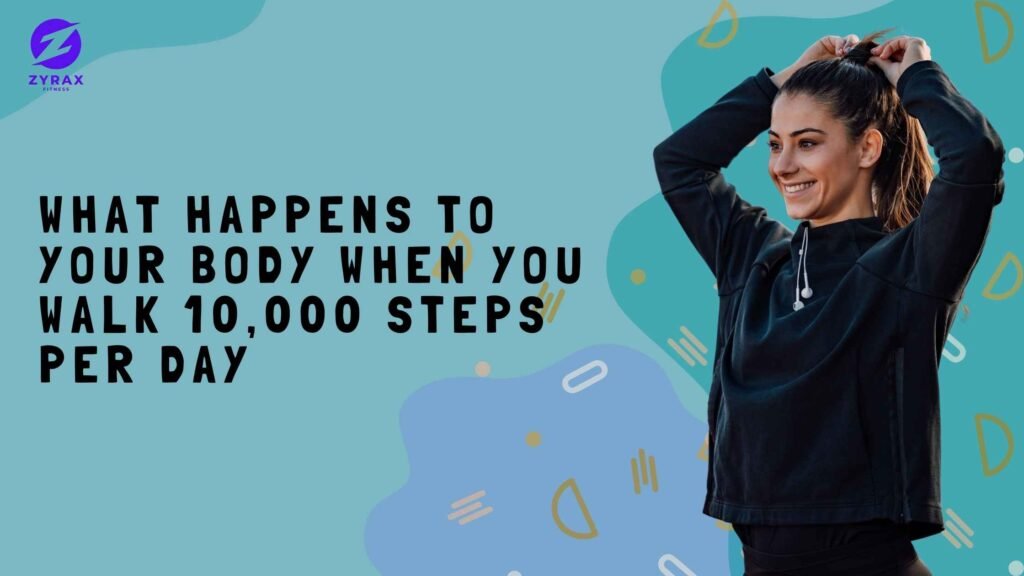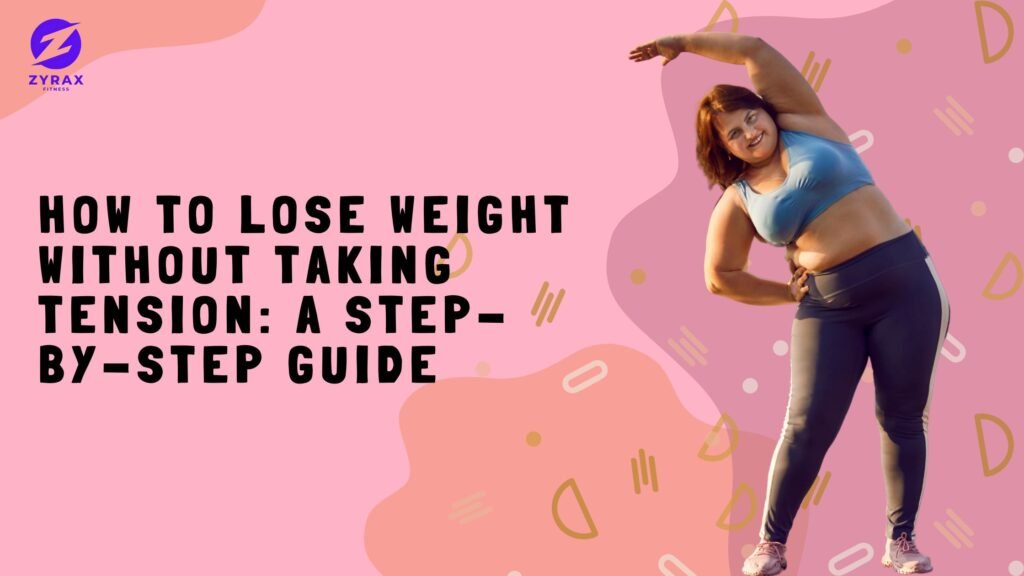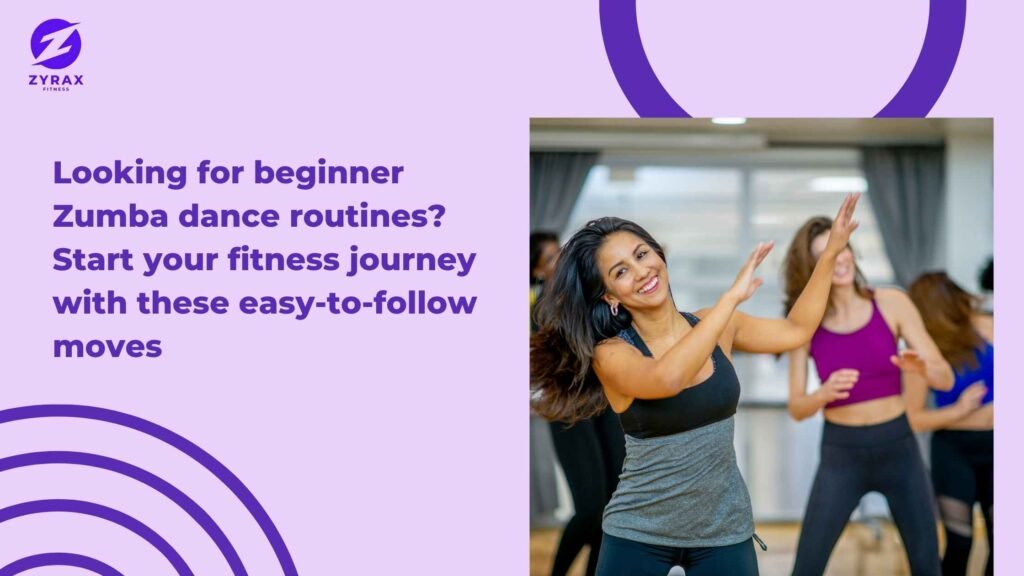What Is Health and Fitness for Life? Japan’s 30-Minute Walking Trick Might Be the Secret You Need
What Is Health and Fitness for Life? Japan’s 30-Minute Walking Trick Might Be the Secret You Need In a world full of trending diets and hardcore gym workouts, sometimes the simplest tricks make the biggest difference. That’s exactly what Japan’s 30-minute walking technique proves. But before we dive into the details, let’s take a step back and understand an essential question: What is health and fitness for life? Understanding Health and Fitness for Life Health and fitness for life isn’t about six-pack abs or extreme diets. It’s about sustainable habits that promote your physical, mental, and emotional well-being over time. It means having the strength, stamina, and energy to live your best life every day — not just for a few months. So, how do you achieve that balance? Enter: Japan’s 30-minute walking trick. What Is Japan’s 30-Minute Walking Trick? In many parts of Japan, walking is not just transportation — it’s a daily wellness ritual. But there’s a particular style to how it’s done: This practice, when done consistently, can help in burning belly fat, improving digestion, and boosting metabolism — all without the need for a gym membership. Why This Walking Method Works (Backed by Science) Here’s why walking 30 minutes a day, especially after meals, is so effective: If you’ve been searching for “easy weight loss exercises for beginners at home” or “simple ways to lose weight without the gym,” this trick is for you. How Does This Tie Back to Health and Fitness for Life? Because it’s simple. It’s sustainable. And anyone — regardless of age, gender, or fitness level — can do it. This walking trick doesn’t require: It only requires consistency and commitment, two of the core foundations of lifelong fitness habits. Related Questions You Might Be Asking To give you more clarity, here are some frequently searched questions that relate to this topic: 1. What is the best daily routine for lifelong health and fitness? A healthy daily routine includes: 2. Can walking really help with weight loss? Yes. Brisk walking helps burn calories, improves your mood, and encourages fat loss. Combine it with mindful eating, and it’s a powerful tool for weight loss. 3. How to stay fit without going to the gym? 4. What are easy weight loss exercises for women at home? 5. How long should I walk every day to lose weight? Walking 30 to 45 minutes a day, five times a week, is ideal for fat loss and improving overall fitness. My Experience: How Walking Changed My Life Before I started walking daily, I was always tired, stressed, and felt stuck. But adding a 30-minute evening walk changed everything. I felt lighter, my mood improved, and within a few weeks, I began noticing changes in my body and sleep patterns. This wasn’t a temporary fix — it became a lifestyle. That’s exactly what health and fitness for life is all about. Expert Advice: Start Small but Stay Consistent If you’re new to fitness, don’t overthink it. Just start walking. Build the habit. Once you feel confident, you can add other activities like: Even small steps make a big impact — and that’s how lifelong wellness is built. Final Thoughts: What Is Health and Fitness for Life? If you’re still asking yourself, “What is health and fitness for life?”, here’s your answer: It’s about building habits that serve your body and mind every day. It’s about choosing sustainable movement, mindful eating, and making time for yourself. And Japan’s 30-minute walking trick? That’s one of the easiest places to begin. Ready to Take the First Step? Explore Zyrax Fitness for beginner-friendly Zumba workouts, fun fitness classes, and online programs designed especially for women who want to lose weight and stay healthy — for life.

